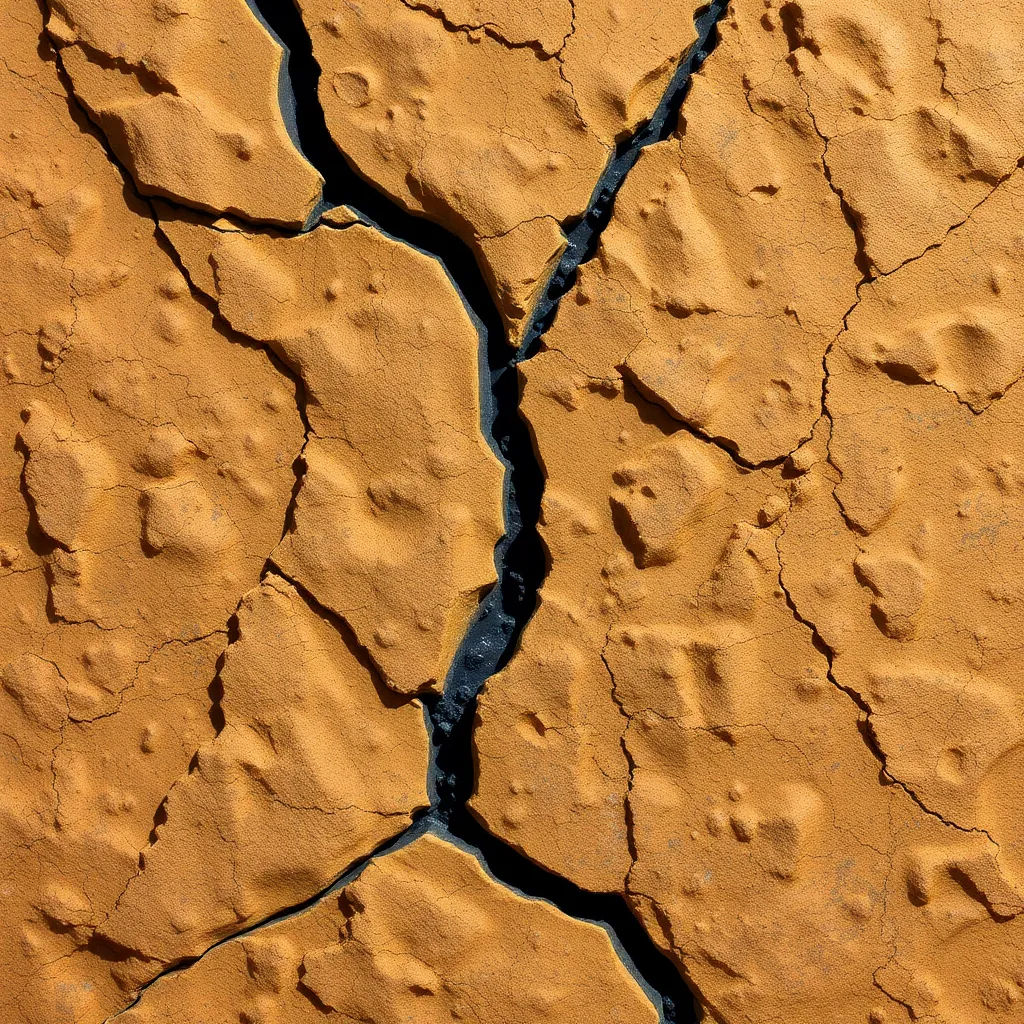
Researchers have uncovered fascinating insights into the complex relationship between coal crack development, gas desorption, and the stress conditions in rock pillar regions. By combining theoretical analysis, numerical simulation, and advanced laboratory techniques, they have shed light on the intricate mechanisms governing coal seam behavior under varying stress levels. This groundbreaking study not only enhances our understanding of coal rock mechanics but also holds significant implications for improved coal mining safety and gas extraction efficiency. Dive into the fascinating world of coal science and discover how the stresses within rock pillars can dramatically impact the characteristics of coal seams.
Exploring the Stress-Induced Crack Development in Coal Seams
Coal mining operations often involve the use of rock pillars to support the overlying strata, but these pillars can significantly influence the stress conditions within the protected coal seam below. Researchers from the State Key Laboratory of Coal Mine Disaster Prevention and Control and the China Coal Technology and Engineering Group Chongqing Research Institute set out to investigate this phenomenon in detail.
Using a combination of theoretical analysis and numerical simulation, the team studied the dynamic evolution of stresses within the coal seam affected by the presence of a rock pillar. Their findings revealed that the coal in this stress-affected zone experiences an approximately elastic stress state, which leads to the closure and compaction of existing cracks.
To quantify these crack-level changes, the researchers conducted a series of advanced laboratory experiments using (earthsciences)’>permeability and gas extraction efficiency of the coal seam.
Enhancing Gas Extraction through Stress Relief Measures
To address the challenges posed by the stress-induced crack closure in the rock pillar affected area, the researchers proposed a comprehensive set of stress relief measures. These included intensive drilling, gas’>coal gas. This not only enhances the safety and productivity of coal mining but also contributes to the broader goal of sustainable energy production.
As the world continues to navigate the challenges of energy transition and climate change, research like this that delves into the complexities of coal geomechanics and gas dynamics holds immense potential. By furthering our understanding of these fundamental processes, scientists and engineers can unlock new avenues for optimizing coal resource utilization and minimizing the environmental impact of coal mining.
Author credit: This article is based on research by Qihan Ren, Jianjun Cao.
For More Related Articles Click Here
